Blog
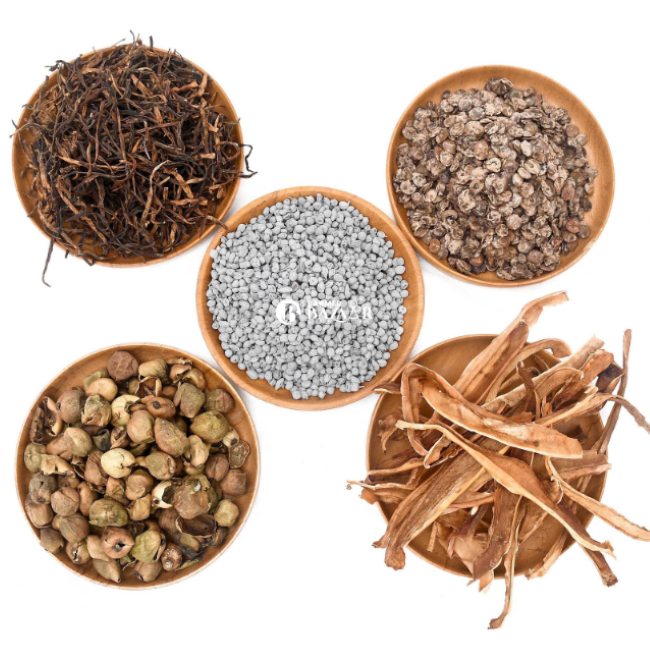
Dry Vegetables of Rajasthan
Pachkuta (Ker, Sangri, Kumatiya, Gundha, Kherla Kachar) (पंचकुट्टा ) Panchkutta ki Sabzi is also popularly known as ker sangri. This curry primarily consists of 5 ingredients - Ker, Sangri, Amchur, Gunda, and Kumati hence the name Panchkutta. Once you prepare this, the sabzi can be stored for a few days and since it doesn't get spoiled, you can use this as travel food. This goes well with a cold Pudi, paratha, or even chapati. All these ingredients are dry and because the weather in Rajasthan is generally dry, this is a common food item in Rajasthani Cuisine
View More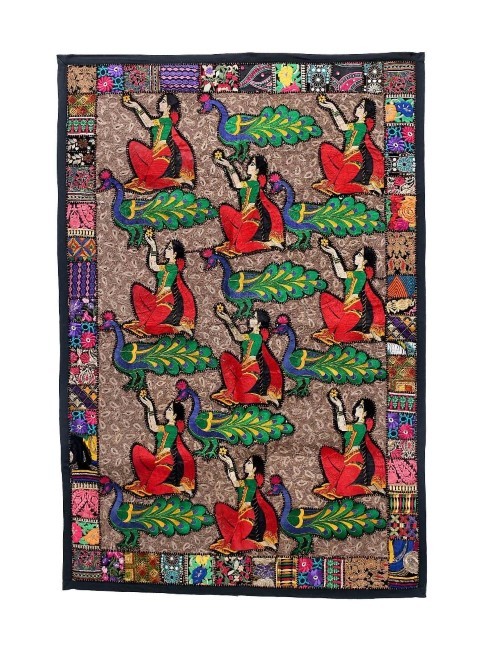
Exquisite Barmer Patchwork Art: Vintage Silk and Cotton Wall Hanging
Indulge in the allure of timeless craftsmanship with this exquisite table runner/wall hanging from Barmer, Rajasthan. Crafted using vintage silk and cotton fabric, this piece showcases the artistry of old-world workmanship. Each patch is meticulously embroidered by hand, employing traditional local techniques such as zardozi and zari, resulting in a truly remarkable work of art. The delicate and intricate beadwork adds a touch of marvel and elegance, while metallic threads, beads, and bullions form original and unique designs that captivate the eye.
View More
JAISALMER YELLOW STONE
Jaisalmer Yellow Stone, also known as Jaisalmer Yellow Marble or Desert Gold Marble, is a popular choice among homeowners and architects due to its natural yellow-orange texture. Quarried from mines located in Jaisalmer, Rajasthan, this stone is loved for its stunning shades and is commonly used for both residential and commercial spaces. Jaisalmer Yellow Marble is especially favored for exterior cladding in buildings near the sea due to its thermal and acid-resistant properties.
View More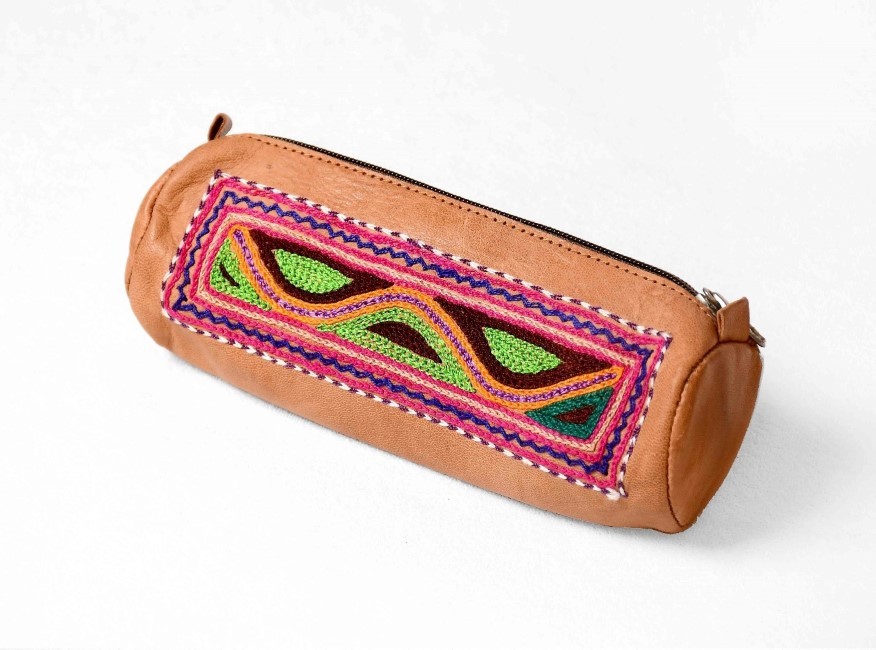
Leather Work
The leatherwork in Barmer District primarily involves the use of hides from cattle and camels. The process starts with the curing of the hides, which is usually done locally in the rural areas. After the curing process, the hides are tanned using traditional techniques to enhance their durability and texture.
View More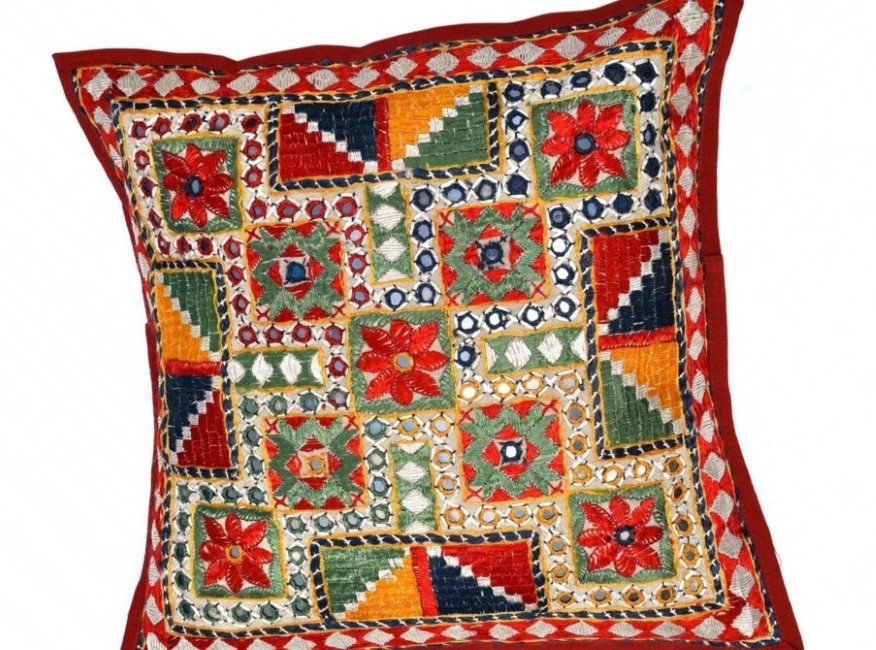
Embroidery
Embroidery is a traditional craft that has been practiced for centuries in various cultures around the world. It involves embellishing fabric with decorative stitching using threads, beads, sequins, and other materials. Embroidery has a rich history and holds cultural significance in many societies, often representing the artistic and creative expression of women.
View More
MUSICAL INSTRUMENTS
Attending the rich diversity of musical occasions and repertoire is the profusion of musical instruments in Western Rajasthan, an instrumentarium that is con nected in a significant manner to social, cultural and musical phenomena here as elsewhere in the world. Our catalogue of instruments will, at the most general level, follow the major ethnomusicological categories of idiophones, membranophones, chordo phones and aerophones.
View More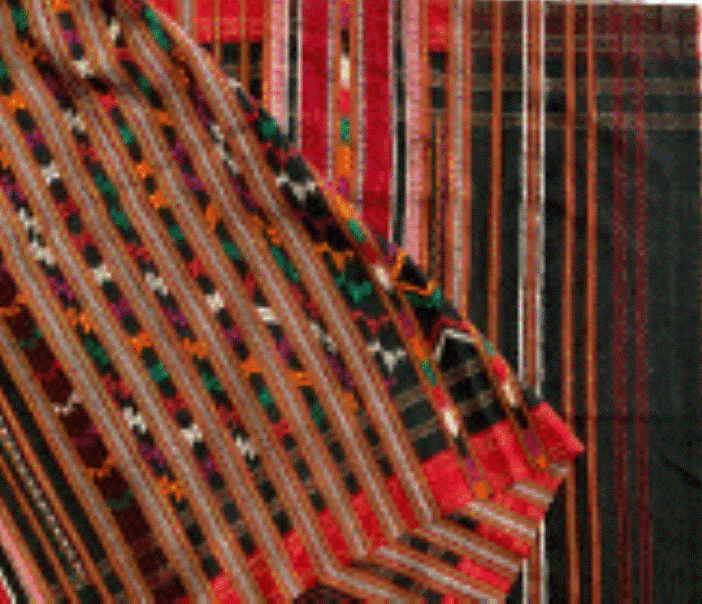
Pattu
Pattu, a captivating textile art form originating from Rajasthan and Gujrat, India, weaves together the rich tapestry of tradition and craftsmanship. Evolved in the arid landscapes and vibrant communities of the region, Pattu has become an emblem of cultural heritage and artistic excellence
View More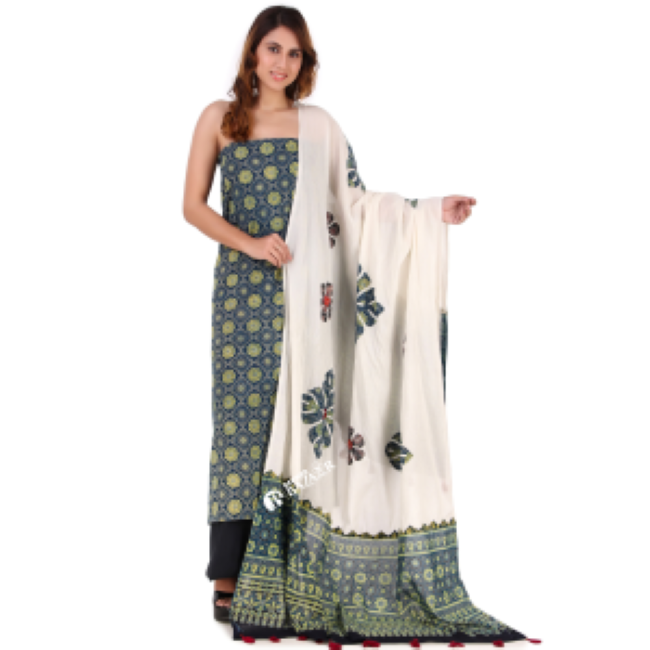
Ajrakh block print
Ajrakh is a traditional textile craft that originated in the Sind region of Pakistan around 3000 BC, as part of the Indus Valley civilization. Over time, it spread to other areas of India, including Kutch, Gujarat, and Rajasthan. The word "ajrakh" is believed to come from Arabic and means "blue," which is a prominent color in ajrakh prints.
View More
मुल्तानी_मिट्टी{मेट) Multani Mitti
लोकगीतों में भी इसके महत्व का वरणाव मिलता है... जब किसी नवयौवना का विवाह तय हो जाता था तो उसके सर में चमेली का सुगंधित तेल लगाने से पूर्व उसका माथा मेट से धोने का स्थानीय लोकगीतों में वर्णन है...थार की महिलाओं साबुन के अभाव में स्थानीय मुल्तानी मिट्टी से ही अपना सर प्रक्षालन करती थी... इस मेट के बहुत से किस्से है। बचपन में जब हम छोटे थे,और जब कभी लू लगती थी तो मां इस मुल्तानी मिट्टी का संपूर्ण शरीर पर लेपन करती थी तथा हमारे तन और केशों का प्रक्षालन भी बहुधा इस मेट से ही होता था।
View More
मिश्री- रोटी
बिन पाणी रूप ऊजळी, दाग नी होवे हैक। साकर ज्यों मीठी, चुतराई रो पुड़ पाको हैक।। अर्थात् राणोसा ऐसी रोटी का जीमण करेंगे जो बिना पानी के, बिना दाग के हो तथा उसका रंग ऊजळा(सफेद) तथा स्वाद में मीठी होनी चाहिये तथा ऐसी चुतराई(स्वच्छता व कौशल) से बनी हो की रोटी को एक (पुड़) तरफ ही पकाया जाये। इस तरह की रोटी के बारे में सुनकर ठाकुर साहब को लगा की घर आये मेहमानों को भूखा जाना होगा फिर भी उन्होने ठकुराइन को इस बारे में अवगत करवाया। ठकुराइन ने कहा आप निश्चित रहे मैं ऐसी ही रोटी बनाकर राणा जी को खिलाऊंगी एवं ठकुराइन ने अपनी देवराणी के सहयोग से घृत(घी) व मैदे से कंगूरे बनाकर एक तरफ पकाकर पीसी मिश्री के मेल से वैसी ही कल्पित रोटी को साकार कर दिखाया।
View More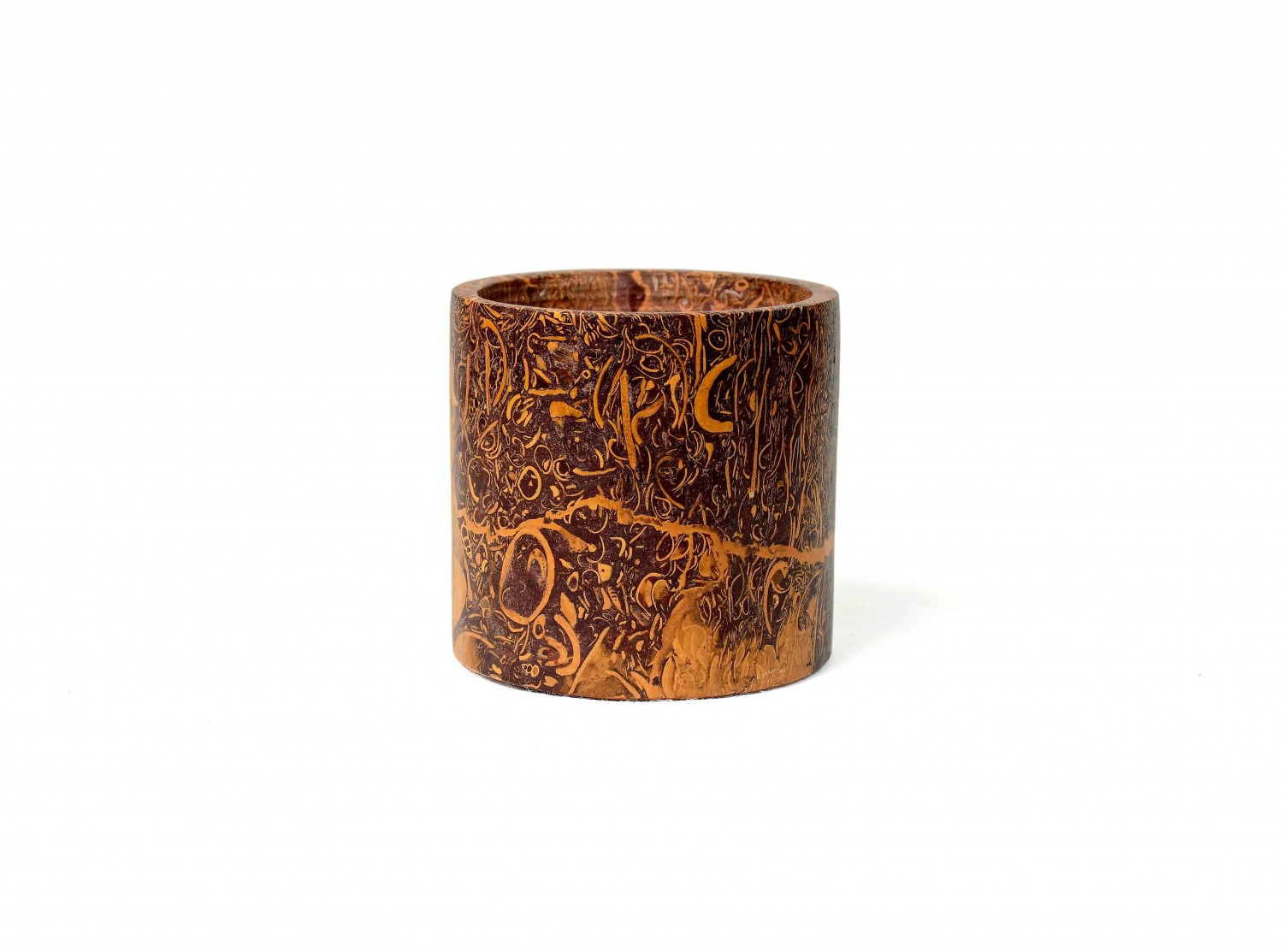
हाबूर का पत्थर
जैसलमेर शहर के उत्तर पश्चिम में 40 किलो मीटर की दूरी पर स्थित हाबुर नाम के गांव में पाया जाने वाला जीवाश्म पत्थर ही हाबूर का पत्थर है भूगर्भशास्त्री इस पत्थर की रचना 12 करोड़ साल से लेकर 10 करोड़ साल पहले होना बताते इस पुत्पर का रंग गहरे भूरे या कॉफी के रंग जैसा होता है इस पत्थर के अन्दर जो आकृतियाँ है वह समुन्द्री सेवाल और छोटे समुन्द्री जीवों के जिवाश्म ही हैं पश्चिमी राजस्थान में हाकडो नाम से जिसे टेथिस सागर भी कहते हैं एक समुन्द्र हुआ करता था जिसके सूख जाने से यह पत्थर सतह पर आये है।
View More